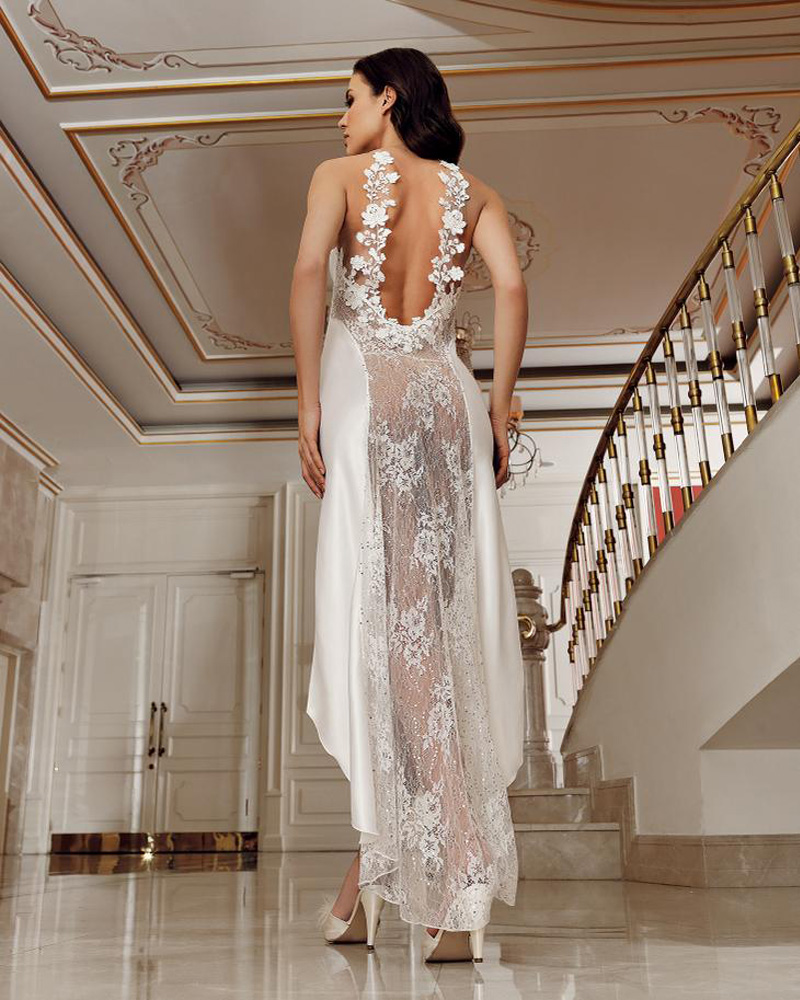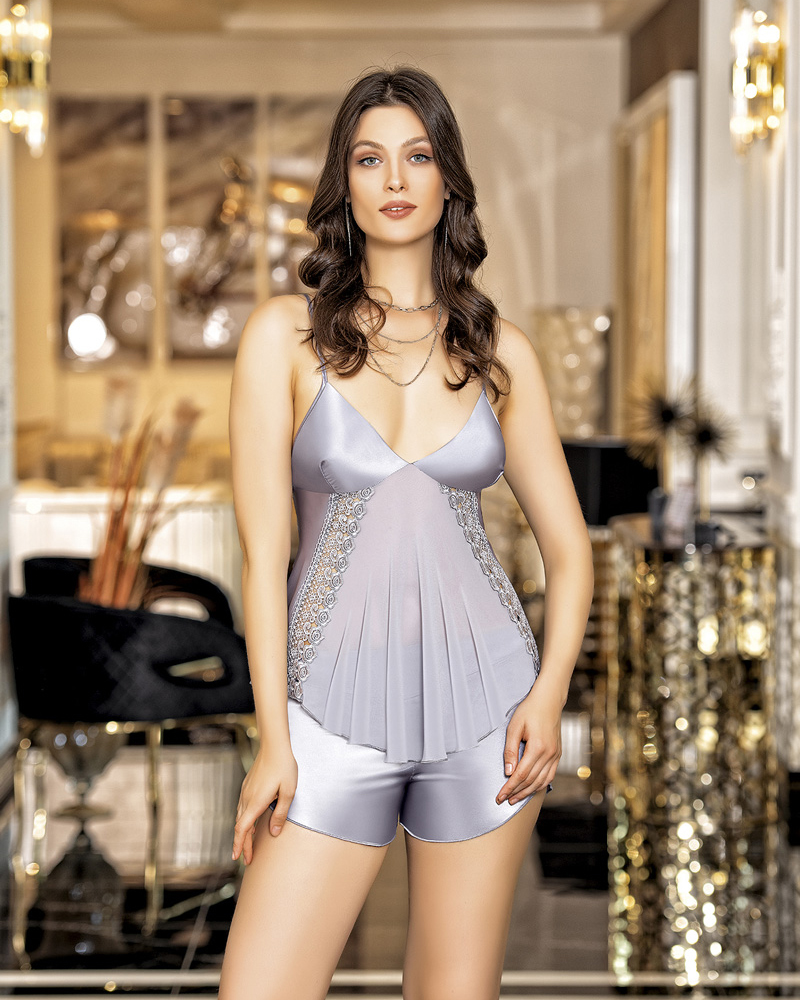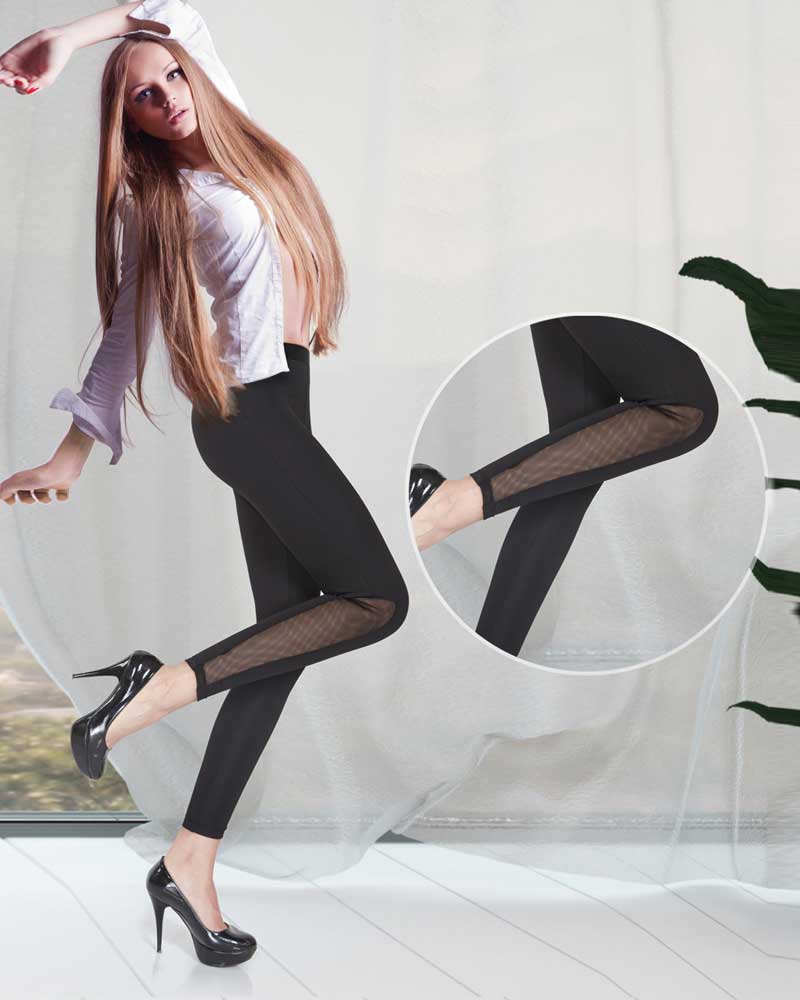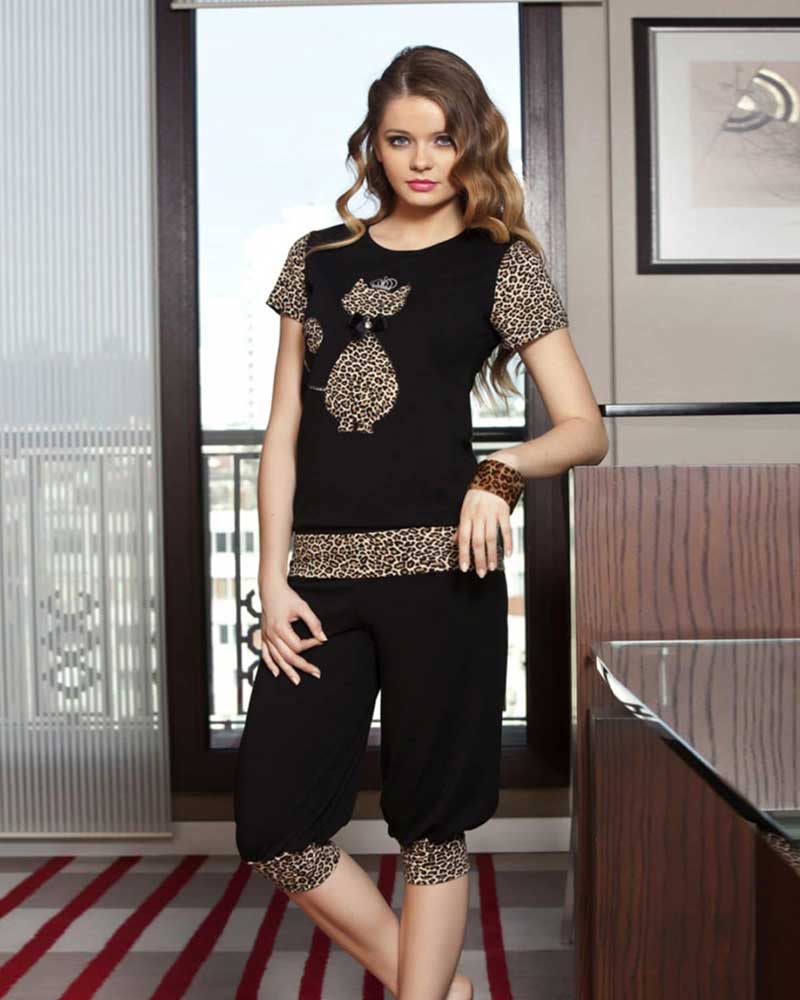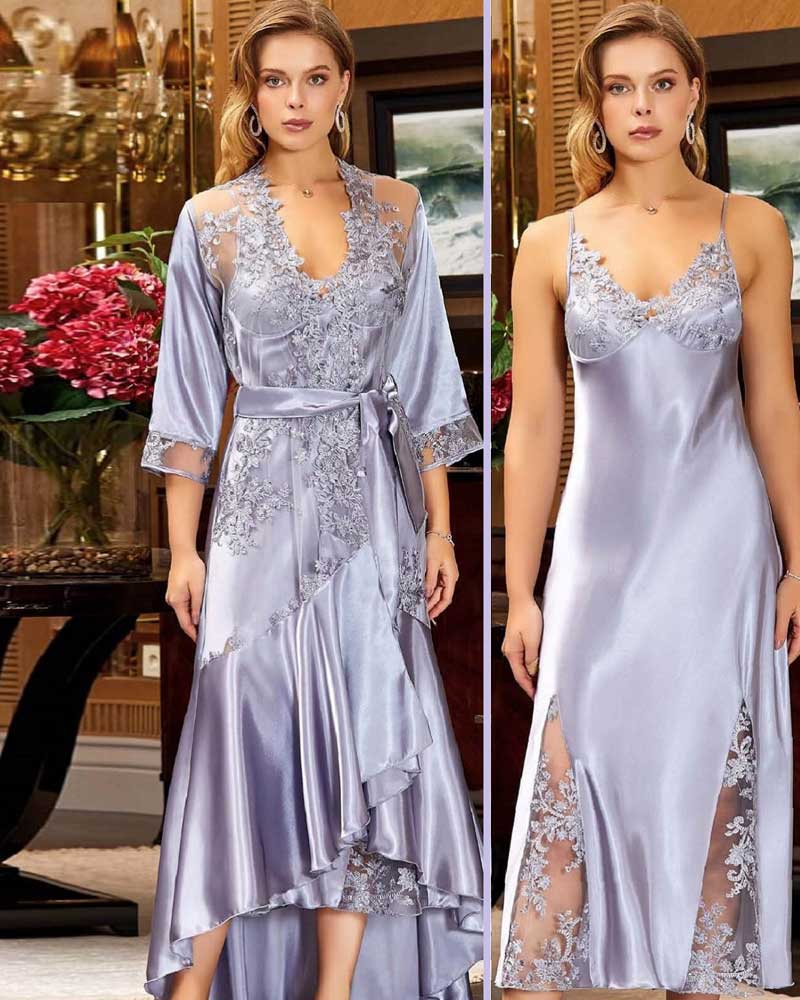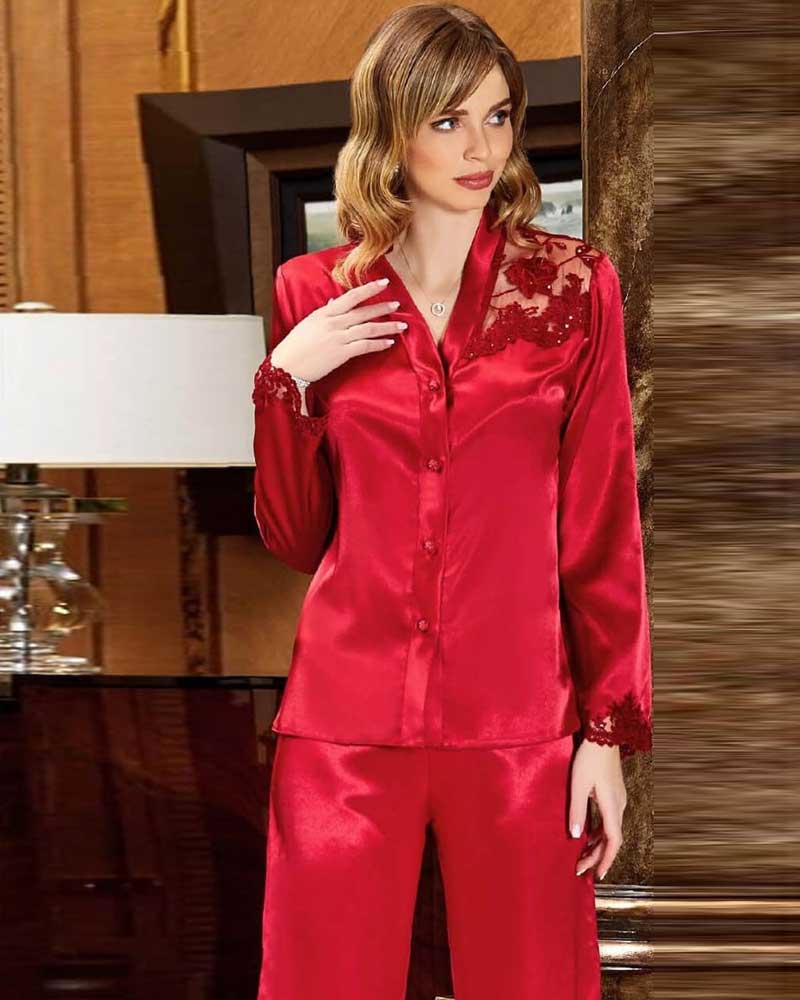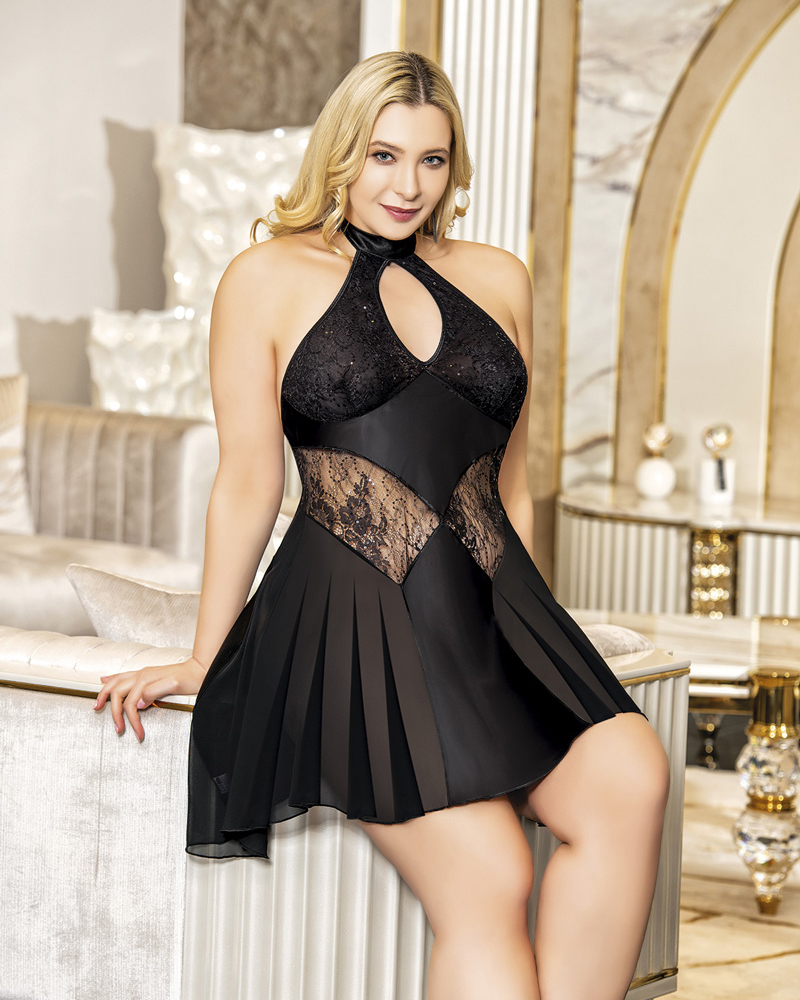
A decorative fabric which can be very fine or quite coarse. All lace is transparent and none of it has a grainline – however, most laces have more stretch in the width than the length. Better laces are made of finer thread and smaller stitches, and are made of higher quality fibres such as silk or linen.
Fabrication : A fabric made by knotting, interlacing, looping or twisting threads, traditionally by hand, although today most lace is made by machine.
Subtypes : Three main types of laces are to be found : Allover, Guipure or Fine laces such as Chantilly or Alençon. Other laces include Argentan, etc.
Dyes, color treatment and washing characteristics : Lace is a relatively fragile fabric and requires care. Many laces shrink, also. You can preshrink dry-clean-only lace by steam pressing with the wrong side up. Lace often contain sizing (a stiffening product) and will become softer when washed or dry-cleaned. When washing a washable lace trimming, to prevent it becoming tangled, put the fabric into the foot of an old nylon stocking and pin or tie the top. For a washable lace fabric, put it inside a pillow slip, baste the top shut and machine wash and dry the package. Be sure that all matched laces are from the same dye lot.
Draping properties : When using lace with another fabric, it should be similar in weight, texture and color.
 Cutting properties : Better laces are generally smoother on the wrong side. Most laces do not ravel. Some laces have no selvage. Most laces have horizontal and vertical motifs that must be matched like plaids – note, however, that you may not be able to match motifs perfectly if your garment design includes flare, taper or other shaping. In addition, many laces have a one-way design and hence one should cut these in a single layer layout, doubling the pattern pieces that need to be cut in pairs. You may want to cut the lace while it is lying on a flannel fabric to prevent it sliding around. Most laces require that you allow for extra fabric in order to position the motifs in useful and interesting ways. Lace scraps can sometimes be used for appliqués or other projects.
Cutting properties : Better laces are generally smoother on the wrong side. Most laces do not ravel. Some laces have no selvage. Most laces have horizontal and vertical motifs that must be matched like plaids – note, however, that you may not be able to match motifs perfectly if your garment design includes flare, taper or other shaping. In addition, many laces have a one-way design and hence one should cut these in a single layer layout, doubling the pattern pieces that need to be cut in pairs. You may want to cut the lace while it is lying on a flannel fabric to prevent it sliding around. Most laces require that you allow for extra fabric in order to position the motifs in useful and interesting ways. Lace scraps can sometimes be used for appliqués or other projects.
Sewing challenges : Although reputed to be quite difficult to work with, lace is actually easier to use and sew than usually thought. It is very forgiving of mistakes, as these can usually be hidden. Laces are sensitive to an overhot iron, and some laces tear easily. However, when using more expensive laces, it is advisable to make a test garment first. For most laces, a test seam is also advisable. Work carefully to avoid the lace pattern snagging in the toes of the presser foot. The use of a small-hole needle plate will help unless your need to do a zigzag stitch. To reduce puckering, stitch slowly while holding the fabric taut or use a stabilizer. If the fabric was cut with lace scallops at the bottom, the garment may need need to be hemmed. Other finishes include using a lace edging appliquéd along the edge. Machine rolled or hand-rolled seams are especially difficult to do on lace fabrics and should be avoided. For specific laces, you should look at the relevant article for additional sewing tips. Most lace fabrics do not require interfacing. However, if interfacing is required, use a lightweight, sheer or flesh-colored fabric such as georgette, voile, organza, organdy, net or tulle. Avoid fusible interfacings completely. When selecting flesh-colored underlinings, consider the skin pigmentation of the wearer. Use matching, contrasting or flesh-colored fabrics to make the lace opaque. Try to select a fabric and color that will not overwhelm the lace. You will need to interface buttonhole areas. If the garment is all lace, use thread button loops, otherwise, use the trim fabric to make button loops.


